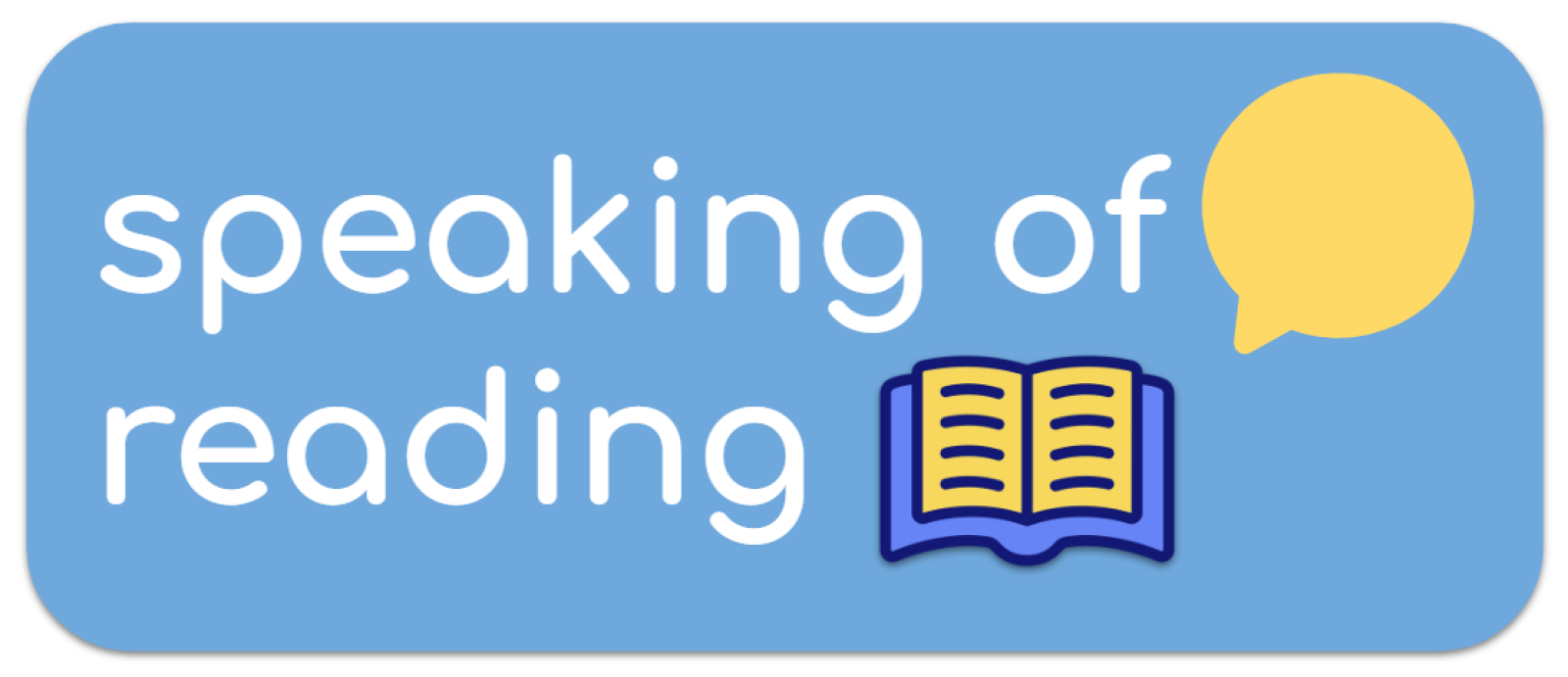What is the difference between Phonological And phonemic awareness?
People often use these words interchangeably, but they are distinct terms. Phonological awareness is the ability to recognize and manipulate the spoken parts of sentences and words. Being able to identify rhyming words, recognize alliteration, count the number of words in a sentence, identify the number of syllables in a word, and blending/segmenting first sounds with the ending of words are all examples of phonological awareness. The highest level skill of phonological awareness is called phonemic awareness. Phonemic awareness is the ability to notice, think about, and work with the individual sounds (phonemes) in spoken words. Identifying the number of sounds in words, blending sounds to create words, segmenting words into individual sounds, deleting sounds in words, and substituting different sounds in words are all aspects of phonemic awareness. These skills are often developed in early childhood through early elementary school years and are important for developing reading and writing skills.
While children with Developmental Language Disorder often struggle with phonological and phonemic awareness skills, children with significant speech articulation delays including children with apraxia of speech often have difficulty learning these skills as well. Speech-language pathologists are uniquely qualified to not only teach children how to produce accurate speech sounds but also to address crucial phonemic awareness skills in order to prevent future reading/writing delays.





